This article was co-authored by Helena Ronis. Helena Ronis is Co-founder and CEO of AllFactors, a unified web analytics software to drive company's marketing and business growth. She has worked in product and marketing in the tech industry for over 8 years, and studied Digital Marketing & Analytics at the MIT Sloan School of Management Executive Program.
There are 7 references cited in this article, which can be found at the bottom of the page.
wikiHow marks an article as reader-approved once it receives enough positive feedback. In this case, 86% of readers who voted found the article helpful, earning it our reader-approved status.
This article has been viewed 105,947 times.
Schools are often a good place to learn and increase your knowledge about commerce and trade. Whatever level of school you’re at – primary, secondary, undergraduate or graduate – there are a lot of opportunities to make money. Not only do you have a captive audience in other students, but other students will generally have some money to spend in the form of allowances, stipends, or financial aid. If school rules permit, it might be possible to sell sweets, chocolate, or any kind of product your fellow students might be interested in, and you might have found a way to increase your pocket change.
Steps
Identifying Your Market Niche
-
1Find out what your peers want. The first thing you need to do is figure out what your peers want to purchase. This can include a wide variety of things. In order to do this, spend some time observing what your friends and peers buy, what is popular, and what people want. Consider making a list of popular items.
- Clothes.
- Food.
- Games, toys, or collectables.
- Information like study guides.
- Services like tutoring or dog walking.[1]
-
2Know the resources of your potential customers. Now that you’ve got an idea of what your peers would like to purchase, you need to figure out what they can and will buy from you. Needless to say, monetary constraints might be an issue. While some of your potential customers might have their own money saved up – from allowances, odd jobs, or other sources – many of them will probably be relying on money from their parents or financial aid if they’re in college.Advertisement
-
3Think about pricing in relation to your potential customers. Knowing the resources of your potential customers will help inform your choice of goods or services (and help set your prices). You should consider a number of things when you picking and pricing your goods and services:
- A low price means more potential customers.
- A larger customer base means higher profits at a lower margin.
- If you do pick a higher price point or more premium goods or services, make sure that the margin or markup is high enough to make it worth the fact that you’ll be relying on a much smaller pool of potential customers.[2]
-
4Narrow down the list of potential products or services. You’ve got an idea of what people want, you know what your peers can spend, now you just need to narrow down the list of what you could sell. When doing this, you need to consider a few factors:
- Going with a high volume, low margin product. This might include candy, food, or similar items. These are items that you won’t make too much money on, but that people will buy repeatedly from you, possibly several times a week.
- Picking a low volume, high margin product. This could include tennis shoes, collectables, or clothes. These are items you’ll only sell a few of, but you’ll make decent money selling them.
- Selling a number of things that are “hot.” There might be a new toy, game, or electronic that everyone wants for Christmas but is sold out in your area. If you have the ability and resources, you can travel to a neighboring city and purchase these products there. Then, at home, you can resell them to people at school.
- Offering a service, like tutoring or something similar, that will gain you reliable and repeat customers.[3]
-
5Think outside the box, and consider goods or services that are novel or unique. Most people today know about the success story of Facebook. Facebook represents possibly the most successful business that was started at a school. Consider embracing this type of innovation in order to create a successful business.
- Don’t limit yourself to just selling products out of your backpack.
- Consider selling information, like notes, test-tips, or similar services.
- Consider creating a webpage that offers a novel service if you’re in a school that is large enough.[4]
-
6Determine if there any rules, laws, or ordinances that might restrict your business. Now that you’ve identified your market and you know what you want to sell, you need to make sure it’s actually legal and permissible to do so before you do anything else.
- If you’re offering a good or service on a college campus, you should contact the appropriate authority on campus to see if you can exchange goods or services on campus.
- Consider advertising at school, but exchanging money for goods or services elsewhere. This might enable you to get around any rules or regulations your college or school might have.
- Make sure you don’t need a business license to operate. In many places, you can do a certain amount of business (under a certain dollar figure) without actually having to apply for a business license. However, if your business is successful and you want to expand, you might need to apply for a license.
Building Your Business
-
1Think about your sales expectations. Do a little forecasting of how much you might sell. You want to be able to have some sort of idea of the product volume or amount of services you can actually sell. This will give you a better idea of how much product you need to have in stock and how you will need to allocate other resources.
- If you’re selling a product, make sure you have enough on hand to meet daily or weekly demand without investing too much money in stock that you might not sell if your business fails.
- You should be very cautious at first before you know the market and specific demand for your product. Don’t over invest – you might wind up eating those 500 candy bars instead of selling them.
- If you’re offering a service, like tutoring or mowing lawns, you need to figure out the maximum amount of time you can devote to your business. You definitely have other obligations, so don’t over-extend yourself.
- If you think you’ll be booked up right away, consider hiring someone else to share the work with.[5]
-
2Set your price points. Now that you’ve identified your market and thought a bit about what you’ll be selling, you need to decide on price points for your goods or services. This is important because you want to be able to actually sell a product or service while making a profit.
- Price your product or service competitively with others who offer the same product or service.
- If you think your product or service is better, price it somewhat higher, but make sure you can communicate to customers why your product or service is better than that of the competition.
- Keep cost and profit in mind.[6]
-
3Purchase your supplies at low, wholesale pricing. When it comes to purchasing the product or products you’ll be selling, you need to make sure you pay wholesale pricing rather than retail pricing. You'll be selling at retail, so you don't want to pay retail for your product. Otherwise, you’ll be paying too much and your potential profits will disappear before you’ve sold anything. Consider:
- Compiling a list of potential vendors for the product you want to buy, then calling them to see who sells cheaper.
- Traveling outside your city to buy your products at wholesale pricing.
- Ordering your products from an internet wholesaler.[7]
-
4Figure out the timing of when you'll need to purchase products. Your "lead time" -- the time in between needing and ordering goods and the actual time you'll acquire them -- is very important. If you get a good grasp of your lead time, you'll always have enough product to satisfy demand at any given moment.[8]
-
5Prepare your service. If you’ve chosen to offer a service instead of selling actual goods, then you need to prepare your service before you do anything else. There are a number of things you need to do to prepare your service. Consider:
- Practice offering your service to someone. If you’ll be tutoring, tutor a friend a couple of times so you’ve worked out the kinks in your tutoring approach. If you’ll be offering dog walking or lawn care services to your peers parents, practice those services before you even have your first customer.
- Make sure you’ve sat down and thought about all the questions potential customers might have about your service. You don’t want to be left not being able to answer a question from a potential customer.
- If you have one, check out your website and test it for kinks. If you’re doing something web-based, make sure you’ve tested your website several times before opening it to the public. Invite all of your friends and family on to the website as testers. Chances are, they’ll find something you might not have thought about.[9]
Doing Business and Dealing With Customers
-
1Advertising and getting customers. Now that you’ve got your products and services set up and you have price points and everything, you need to go about the task of finding customers. After all, customers are going to make your business. Without them, your business is a failure. There are several things you can do to find customers.
- Print off flyers and pass them out to your friends and peers at school. Make sure that this is okay with the school authorities before you do this.
- Put up posters or flyers on designated advertising boards at your school or on your campus. Often times, schools and colleges will designate certain areas for the posting of advertisements. Post your flyers there.
- Advertise your business through word of mouth. Tell everyone about the service your offering or the product you’re selling. After all, it might be your friends and the people you see every day who wind up making up your customer base. Rely on these people, and ask them to tell others they know.
- Promote your business on social media. Use social media outlets like Facebook, Twitter, and Instagram to advertise your business. This will probably help you get the word out the quickest, especially if you have friends promoting your business for you.[10]
-
2Have product samples ready to show people. Make sure you carry around product samples or a flyer explaining your service and prices with you wherever you go. You never know when you’ll run into someone who is interested in your business. Be able to show and explain your product or service in a quick and concise manor. Also, be able to explain why they should do business with you without sounding pushy or overbearing.
-
3Provide change, when needed. Chances are, due to the nature of your business, you’ll be accepting cash from your customers. As a result, you’re going to need to be able to provide change. This is important, because if you don’t have change, you might lose business or lose money.
- Go to the bank and get plenty of cents, quarters, dimes and nickels.
- You don't want to be given a $5 bill, and not have the change.
- To avoid the problem of change, try to price your product in a way that will make it easier for people to pay. Avoid selling a candy bar for 95 cents when you can charge a dollar. Don’t sell something for $4.35 when you can sell it for $4 or $4.50.
-
4Keep your money safe. Keeping your money safe is also keeping you and your livelihood safe. You need to make sure that your money is secure at all times and that people don’t know how much money you carry at any given time. There are a number of things you can do to minimize your risk of a bully taking your money or you being robbed by someone randomly:
- Never carry more money than you need on any given day.
- If you’ve had a lucrative morning, lunch period, or afternoon, deposit excess money somewhere safe if you can. At the very least, separate larger bills from smaller bills and put them somewhere different than where you keep your change.
- Don’t keep your change in your wallet or purse. Make sure you have something specific, like a money pouch that you use to hold the money you’ll need for your business.
- Don’t flash your money around or tell your friends or anyone else how much you make every day. The less people know, the better.
- If someone tries to rob you, don’t fight them. It’s better to lose a day’s worth of money than to have a trip to the hospital or infirmary.[11]
-
5Offer good customer service. In order to get repeat business, you need to offer the best customer service possible. After all, a happy customer is a good customer. Don’t view your customers just as sources of income, but rather as members of your community and as part of a fair exchange that you are engaging in.
- Do the math on faulty products. How often do you expect to sell something that unbeknownst to you is broken or spoiled? In the course of normal business, you will definitely come across customers who will come to you wanting a refund for something that is “not right.”
- If it makes economic sense, offer your customers a replacement and a refund. This will make them extremely happy, and chances are they’ll come back to you again.
- Always apologize and never blame the customer. Arguing or being rude to your customer will just lose you business.
- Accept feedback and ask for feedback. No matter whether your customer is offering negative or positive feedback, you should accept it and try to internalize it. Also, if you have regular customers, ask them for feedback about how you can better serve them.
Expert Q&A
-
QuestionHow do I get investors for a new business?
 Helena RonisHelena Ronis is Co-founder and CEO of AllFactors, a unified web analytics software to drive company's marketing and business growth. She has worked in product and marketing in the tech industry for over 8 years, and studied Digital Marketing & Analytics at the MIT Sloan School of Management Executive Program.
Helena RonisHelena Ronis is Co-founder and CEO of AllFactors, a unified web analytics software to drive company's marketing and business growth. She has worked in product and marketing in the tech industry for over 8 years, and studied Digital Marketing & Analytics at the MIT Sloan School of Management Executive Program.
Business Advisor Most people look for loans or credit lines, although this may not be an option for you if you're in school. If you can, reach out to family members to see if they're interested in your business. You can also reach out to a classmate with more money than you to see if they want to go into business with you as a partner.
Most people look for loans or credit lines, although this may not be an option for you if you're in school. If you can, reach out to family members to see if they're interested in your business. You can also reach out to a classmate with more money than you to see if they want to go into business with you as a partner. -
QuestionWhat kind of thing could I sell in primary school?
 Community AnswerIf its allowed, you could sell candy, stickers, comic books, or toys. There are many more things you could sell. Talk to your friends and see what they are interested in.
Community AnswerIf its allowed, you could sell candy, stickers, comic books, or toys. There are many more things you could sell. Talk to your friends and see what they are interested in. -
QuestionHow much money can you make in one day?
 Community AnswerIt depends on what you sell, who you sell it to, and how much time you spend on your business. It could range form a few dollars to much more.
Community AnswerIt depends on what you sell, who you sell it to, and how much time you spend on your business. It could range form a few dollars to much more.
Warnings
- Don't eat your inventory.⧼thumbs_response⧽
- Track your money carefully and don’t mix it with your personal money.⧼thumbs_response⧽
- Don't do this without asking for permission from your parents and your school.⧼thumbs_response⧽
References
- ↑ https://www.entrepreneur.com/article/78778
- ↑ https://www.entrepreneur.com/article/78778
- ↑ https://www.entrepreneur.com/article/78778
- ↑ http://www.forbes.com/sites/michellegreenwald/2015/01/12/top-11-innovative-products-and-services-of-2014/#55e31edc492f
- ↑ http://www.infoentrepreneurs.org/en/guides/price-your-product-or-service/
- ↑ http://www.infoentrepreneurs.org/en/guides/price-your-product-or-service/
- ↑ http://www.businessinsider.com/are-you-really-getting-a-better-value-when-you-buy-in-bulk-2011-10
- ↑ http://www.businessinsider.com/are-you-really-getting-a-better-value-when-you-buy-in-bulk-2011-10
- ↑ https://searchenginewatch.com/sew/how-to/2287002/website-launch-checklist-25-things-to-test-before-your-site-goes-live



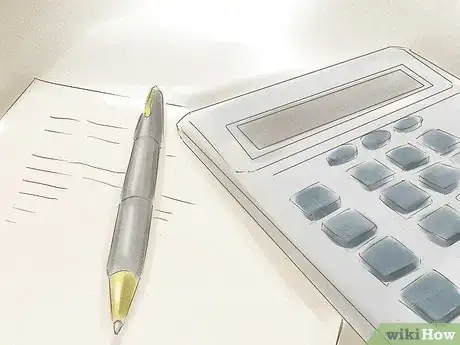
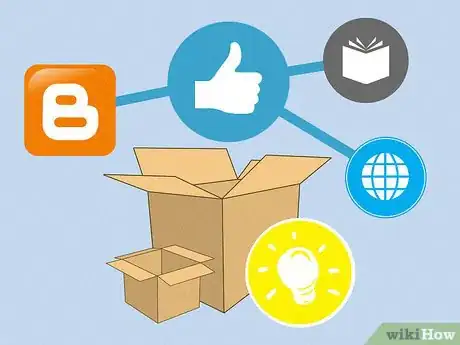


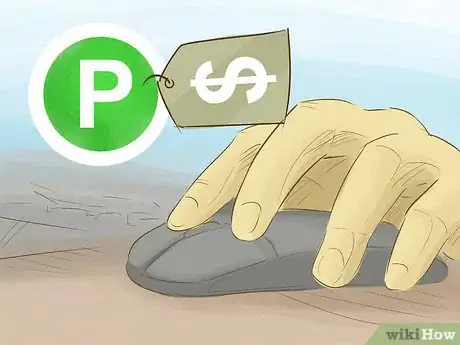
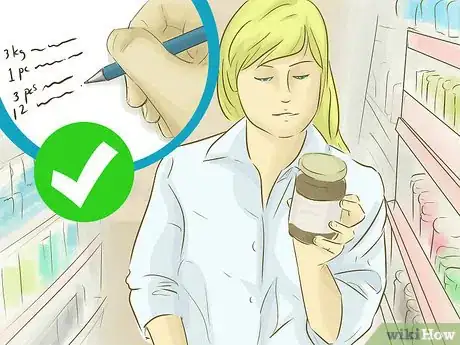
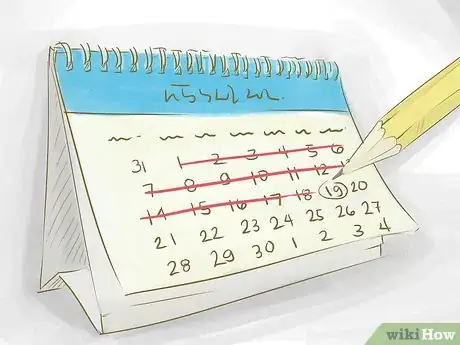
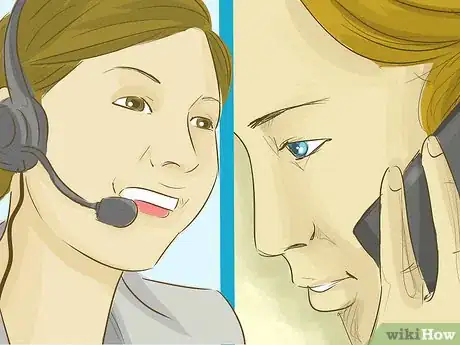


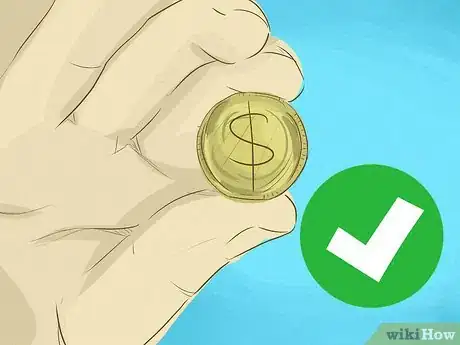
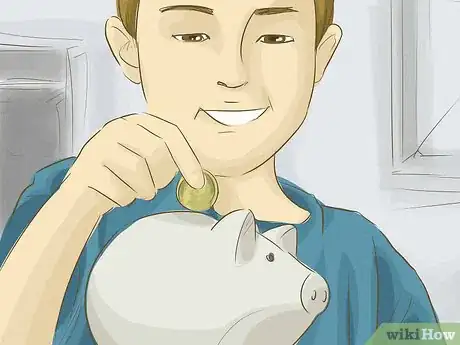

-Step-18-Version-7.webp)
-Step-18.webp)




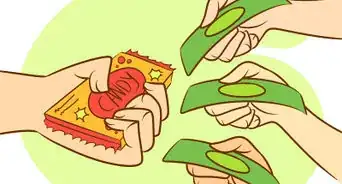


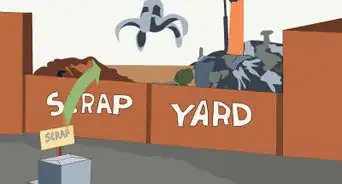

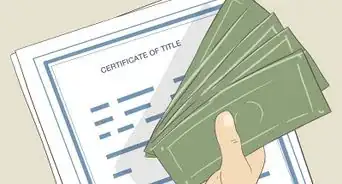

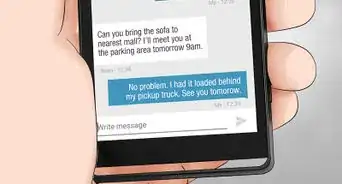










-Step-18-Version-7.webp)
-Step-18.webp)





































